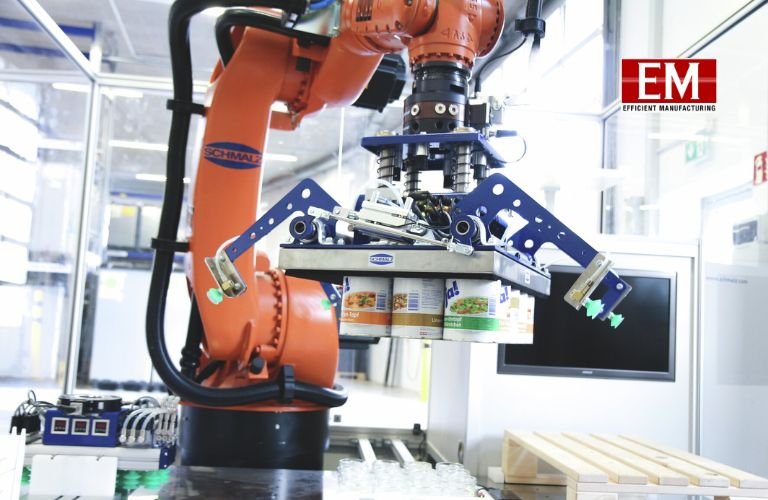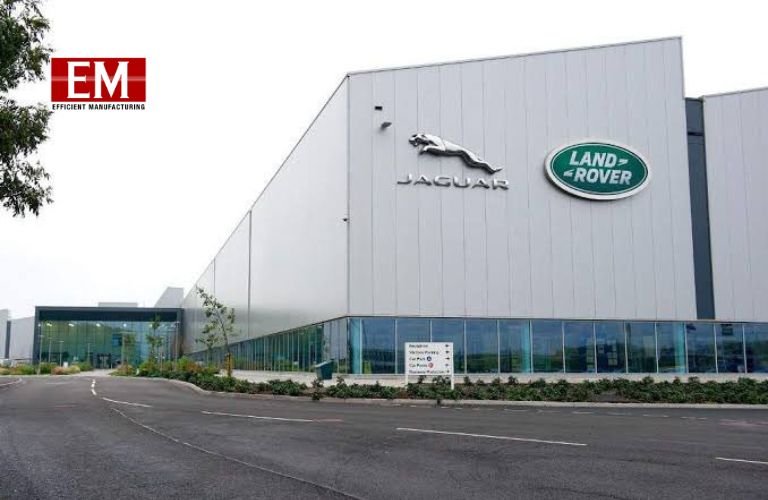| Forklifts are indispensable in transporting heavy material over short distances, such as from one site to another within a factory or warehouse. However, it takes skill and training to operate the machine safely. Due to its rear-wheel steering, operating a forklift differs from driving a regular vehicle. The forklift also uses hydraulic valves that need to be controlled electrically or manually through levers.
Suresh Tanwar,
Head of Audit and Consultancy,
British Safety Council India
Forklifts can be potentially dangerous vehicles in the hands of an unskilled operator. Hence, occupational safety regulations must be strictly followed when operating a forklift. It is recommended that operators go through a certified training course to be deemed fit to operate a forklift vehicle.
In the UK, although forklift trucks are not subject to an MOT, as Heavy Goods Vehicles (HGV) are, they do require a Thorough Examination (TE) under both Lifting Operations and Lifting Equipment Regulations 1998 (LOLER) and Provision and Use of Work Equipment Regulations 1998 (PUWER) requirements. The importance of carrying out this examination to the highest standard is critical to the industry and all working there. The lack of clarity surrounding how often lift truck examinations are carried out and documented can confuse managers, potentially placing employees at risk.
At the National Fork Lift Safety Conference in the UK in 2019, the Health & Safety Executive (HSE) revealed around 1,300 serious forklift accidents yearly – 50 per cent more than HGVs. Another statistic In the UK, 25% of workplace transport injuries are a direct result of forklift truck accidents. While there are no official statistics for India, organisations must ensure their lift trucks are inspected to a safe, rigorous standard and treat the issue seriously.
Here are a few tips for operators and supervisors to operate forklifts safely:
Training Forklift Operators
The employer must thoroughly document the operators’ training, along with an assessment of their performance while operating the forklift.
The training process consists of three key components:
Formal Instruction: This can take various forms, including lectures, discussions, interactive computer-based learning, viewing videotapes, or studying written materials. Importantly, this instruction can be conducted in any suitable location.
Practical Training: This segment involves hands-on demonstrations conducted by the trainer and practical exercises performed by the trainee. This training should be specific to the type or model of forklift the worker will use.
Evaluation of Training Effectiveness: This entails assessing the operator’s performance while working with the forklift. It is crucial to gauge how well the training has been absorbed and applied. This evaluation must be repeated periodically, with a minimum frequency of once every three years, and it should be conducted on-site at the workplace.
Demarcation of Zones
The zones where a forklift operates should be demarcated so that people do not stray into its path. The vehicle should have anti-slip surfaces, especially on footholds where the operator has to transfer weight from one foot to another. Grab handles must be designed so the operator gets a firm grip while mounting and dismounting the vehicle.
Alertness of Operators
A forklift operator must be vigilant and focused. The operator should also be well-composed and drive the vehicle slowly, always looking for potential hazards. He should be thoroughly familiar with the vehicle and its salient features. Forklift operators should avoid consuming alcohol or any substance likely to interfere with their alertness before operating a forklift.
Blades Position
The angle of the blades should be adjusted so that if the load slides, it slides backwards towards the forklift and not onto the road ahead. Yet, care has to be taken that the load merely slides backwards and does not bang into the vehicle. The height of the load should be adjusted so that the operator can see where he is driving. A low load also brings stability to the vehicle.
Proper Exits
Before moving the forklift, the operator should ensure no obstructions in his path. Exits should be wide enough to allow for passage of the vehicle and the protruding load. The height and width of the load should be well below any overhead obstacles, such as the beam of the gate or bulky storage items.
Loads should not be stacked loosely on the blades. They should be tightly strapped to avoid tumbling off the vehicle when it is in motion. It is essential to set the emergency brakes when stopping. All personnel should be away from the vehicle when the load is lowered.
Regular Audits
Internal communication within the organisation is essential. All employees should know the organisation’s occupational health and safety policy. Periodic safety audits should be undertaken, and corrective action should be taken to address anomalies.
Occupational health and safety should be a top-down approach. Line managers should ensure that the company’s safety policy gets translated into action on the ground. There should be a transparent chain of responsibility and accountability.
Safety Training for Line Managers
Safety training should not be a requirement for the operators alone. Line managers may not drive the forklifts but are vital enablers and affect the workforce’s behaviour. They should be trained to identify potential dangers and impose corrective action. Regular safety compliance monitoring should be part of a line manager’s job description.
Companies should be proactive in investing time and resources in staff training. Recruiting staff with the right skills may not always be possible, but existing staff can be equipped with these skills to be well-prepared to meet the challenges head-on. Moreover, skilling the team can be a great motivator for employees and help retain talent within the company.
Clear Standard Operating Practices
The company should have clear standard operating practices; all staff should know them. Staff should be encouraged to challenge each other and point out instances of careless behaviour. Peer pressure is a good way for employees to internalise best practices.
Often, senior management is so target-driven that deadlines become all-important and health and safety tend to get overlooked by ‘overzealous’ employees. This should be seen as a significant transgression of company regulations. It is better to take action against an errant employee before any damage is done than to face long-standing legal issues if an accident occurs.
Move at the appropriate speed
Operate the forklift while adhering to specified speed limits. Avoid abrupt stops, sharp turns, sudden changes in direction, or excessive speed during manoeuvres, as these behaviours can result in the tipping of the forklift. If the forklift begins to tilt, it is strongly advised not to attempt to exit the vehicle hastily. Instead, experts suggest remaining inside the vehicle, firmly grasping the steering wheel, and stabilising your footing.
Refuel and Recharge the forklift
Maintaining equipment in a fully charged and fueled state is of paramount importance. Ensure proper recharging and refuelling procedures are carried out at designated locations, typically characterised by good ventilation and being free from potential ignition sources. Exercise vigilance by consistently powering off the equipment during refuelling operations.
Maintain a safe operating distance
Maintain constant awareness of the equipment in the vicinity of the worksite. Refrain from operating a forklift close to other machinery unless it is essential. Ensure you maintain a safe distance that provides ample space for a secure stop and the ability to manoeuvre away from other machines that might exhibit unpredictable movement patterns.
Park the forklift at the end of the shift
Concluding your shift, it is imperative to park the equipment within the designated and authorised zones consistently. The construction company must ensure that these parking areas do not impede pathways, hinder entrances/exits, or create obstructions. Lower the forks completely until they rest on the floor, engage the parking brake, power down the engine, and remove the ignition key.








